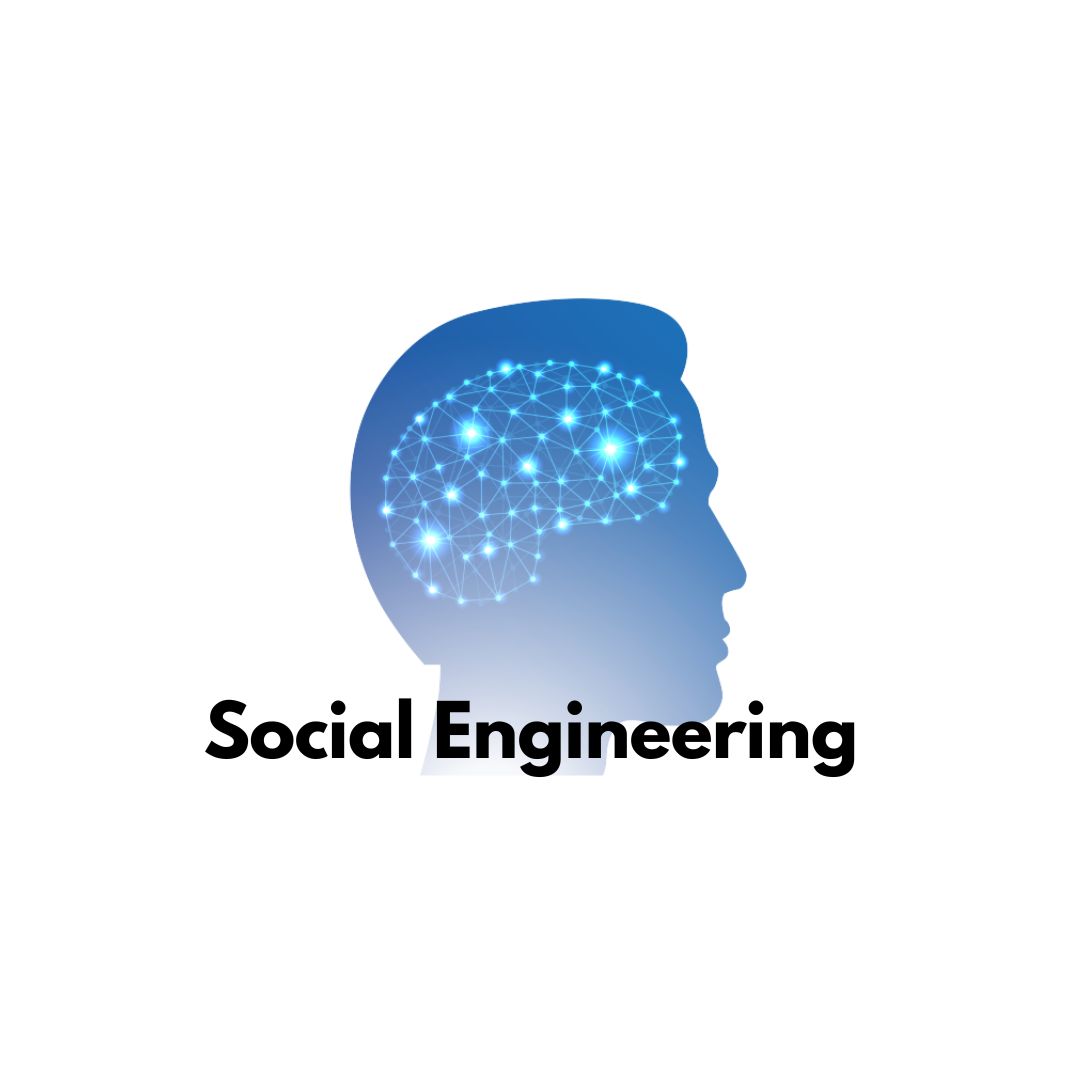Common Cybersecurity Issues That Organizations Face
In today's interconnected digital landscape, cybersecurity has become paramount for businesses of all sizes. As technology advances, so do the tactics of cybercriminals. Organizations must be vigilant and proactive in safeguarding their sensitive information and digital assets. In this article, we'll delve into the common cybersecurity issues that organizations face, exploring their implications and suggesting strategies to mitigate these threats.
In an era where digital assets and sensitive information reign supreme, the battle for cybersecurity has intensified. Organizations find themselves grappling with a host of cyber threats that can cripple operations, damage reputation, and lead to financial loss. Let's explore these challenges in detail and unravel strategies to fortify your digital defenses.
Understanding Cybersecurity Issues
Defining Cybersecurity
At its core, cybersecurity encompasses a range of practices and measures designed to safeguard digital systems, networks, and data from unauthorized access, attacks, and damage. It's a dynamic field that requires constant adaptation to stay one step ahead of cybercriminals.
The Evolving Threat Landscape
The world of cyber threats is in a perpetual state of evolution. What once may have been considered a robust defense could now be rendered obsolete. Cybercriminals continually find ingenious ways to exploit vulnerabilities, making it imperative for organizations to adopt a proactive stance against emerging threats.
Phishing Attacks: Baiting the Unwary
How Phishing Works
Phishing is akin to dropping a lure in the vast sea of the internet, hoping an unwitting victim will take the bait. Cybercriminals craft convincing emails or messages, often impersonating reputable entities, to trick recipients into divulging sensitive information or clicking on malicious links.
Spotting Phishing Attempts
Spotting phishing attempts requires a keen eye for detail. Scrutinize sender addresses, look for generic greetings, and verify links before clicking. Remember, legitimate organizations won't ask for sensitive data via email.
Malware Mayhem: Dealing with Malicious Software
Types of Malware
Malware comes in various forms, each with a unique modus operandi. Viruses attach to legitimate programs, worms spread independently, and Trojans disguise themselves as harmless files. Ransomware encrypts data, demanding payment for its release.
Preventive Measures
Regularly update your software, employ reputable antivirus programs, and be cautious when downloading files. Additionally, educate employees about the dangers of opening attachments or clicking on suspicious links.
Weak Passwords and Credential Attacks
The Risk of Weak Passwords
A weak password is akin to leaving your front door ajar. Cyber attackers exploit this vulnerability, using techniques like brute force attacks to crack passwords and gain unauthorized access.
Implementing Strong Authentication
Enforce password complexity, promote the use of password managers, and consider multifactor authentication (MFA). MFA adds an extra layer of security, requiring users to provide multiple forms of identification.
Unpatched Systems and Vulnerabilities
The Importance of Regular Updates
Failing to update software is an open invitation to cyber threats. Updates often contain patches that fix known vulnerabilities, making them essential for preventing breaches.
Identifying and Addressing Vulnerabilities
Conduct regular vulnerability assessments to identify weak points in your systems. Once identified, promptly apply patches and updates to mitigate potential risks.
Insider Threats: When the Danger Comes from Within
Types of Insider Threats
Not all threats come from external sources. Disgruntled employees or those susceptible to manipulation can pose serious risks. They might intentionally leak sensitive data or inadvertently compromise security.
Creating a Culture of Security
Foster a transparent and respectful work environment to reduce the risk of insider threats. Encourage reporting of suspicious activities and provide cybersecurity training to all employees.
Ransomware Rampage: Holding Data Hostage
Ransomware Tactics
Ransomware attacks lock down your data and demand a ransom for its release. Paying the ransom is risky and doesn't guarantee data recovery. Prevention is key.
Backup and Recovery Strategies
Regularly back up your data and store it securely offline. This way, even if you fall victim to a ransomware attack, you can restore your systems without paying the ransom.
Cloud Concerns: Security in the Virtual Realm
Benefits and Risks of Cloud Computing
Cloud computing offers flexibility and scalability, but it also introduces security concerns. Unauthorized access, data breaches, and misconfigured settings are potential pitfalls.
Securing Cloud Infrastructure
Choose reputable cloud service providers with robust security measures. Encrypt your data before storing it in the cloud and regularly audit access permissions.
IoT Insecurities: Protecting the Internet of Things
IoT Vulnerabilities
Internet of Things (IoT) devices add convenience but also expand the attack surface. Many IoT devices lack proper security features, making them vulnerable to exploitation.
Securing IoT Devices
Change default passwords on IoT devices, segment your network, and keep devices updated with the latest firmware. Regularly monitor network traffic for any suspicious activity.
Data Breaches and Privacy Pains
Impact of Data Breaches
Data breaches can have severe consequences, including financial losses, legal repercussions, and damage to reputation. Personal and sensitive data must be safeguarded.
Data Protection Regulations
Adhere to data protection regulations such as GDPR or HIPAA, depending on your region and industry. Implement robust encryption, access controls, and data retention policies.
Lack of Employee Training and Awareness
Importance of Cybersecurity Training
Employees are often the first line of defense. Without proper training, they might inadvertently click on malicious links or mishandle sensitive data, unwittingly inviting cyber threats.
Fostering a Security-Conscious Workforce
Regularly educate employees about cybersecurity best practices. Conduct simulated phishing exercises to test their vigilance and reward their proactive efforts.
Budget Constraints: Balancing Security and Costs
Investing in Cybersecurity
View cybersecurity as an investment, not an expense. Allocate a reasonable budget for security tools, employee training, and regular security audits.
Cost-Effective Solutions
Not all cybersecurity measures need to break the bank. Open-source security tools, employee awareness programs, and risk assessments can provide cost-effective solutions.
Regulatory Compliance Challenges
Navigating Compliance Requirements
Different industries have varying compliance standards. Navigating these requirements while maintaining robust cybersecurity measures can be complex but is crucial.
Incorporating Security into Compliance
Rather than viewing compliance and security as separate entities, integrate them. A strong security posture often aligns with compliance requirements, killing two birds with one stone.
Conclusion
In an era where cyber threats are pervasive, organizations must be prepared to face the challenges head-on. By understanding the common cybersecurity issues and implementing proactive measures, you can fortify your digital defenses and safeguard your valuable assets.
Share This Post
Related Articles
Cybersecurity Threats in a Digital World: What You Need to Know
Discover the top cybersecurity threats in today's digital landscape and learn how to protect yourself and your data. Stay one step ahead of cybercriminals!
Cybersecurity 101: A Beginner's Guide to Online Safety
Explore the digital wilderness with Cybersecurity 101: A Beginner's Guide to Online Safety! Learn how to spot online threats, create strong passwords, and protect your digital kingdom.
What is Social Engineering in Cyber Security?
Social engineering is a form of cyberattack that exploits human psychology and behavior to manipulate, deceive, or coerce people into revealing sensitive information or taking actions that compromise their security. Social engineering techniques can include phishing, baiting, pretexting, quid pro quo, and tailgating, among others. Social engineering attacks can target individuals, organizations, or even entire societies, and can have serious consequences such as identity theft, financial loss, data breach, or physical harm.
Types of Cyber Security
Cyber security is the practice of protecting networks, devices, and data from unauthorized access or attacks. There are different types of cybersecurity
Decoding Ethical Hacking vs Cyber Security: A Comprehensive Guide
Explore the nuances between Ethical Hacking and Cyber Security to fortify your digital defenses. Gain insights into methodologies, skillsets, and the synergy between these vital components of cybersecurity.
Related FAQ
No related FAQ.
Say Hello
To Your Dream





